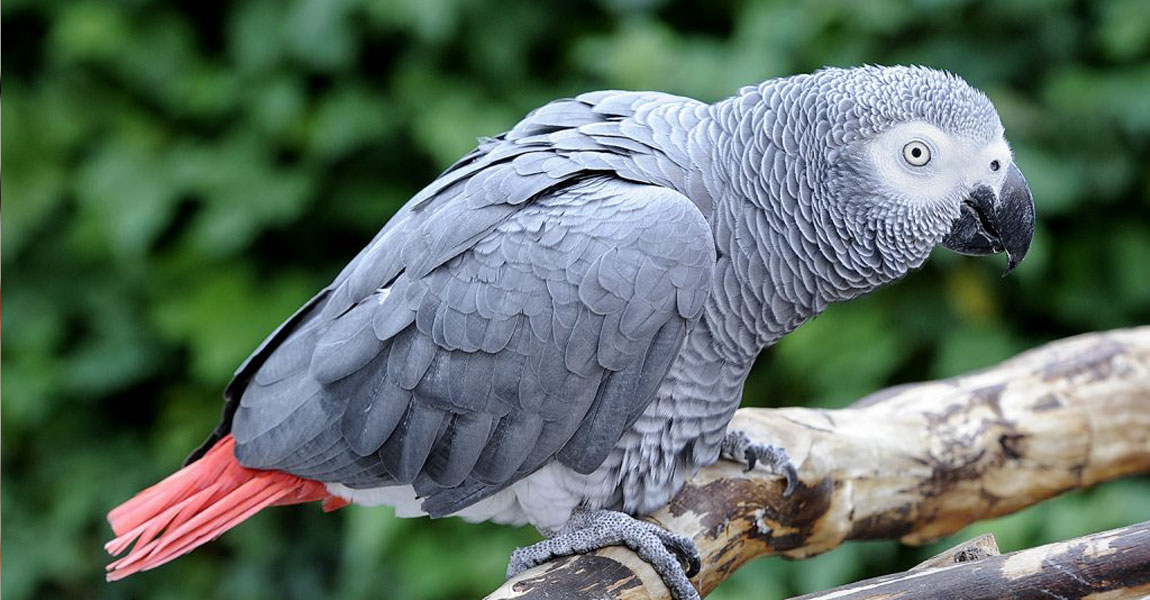Start with a quality dry food mix: You could check out your local quality bird store to see if they have good quality, preferably organic and natural mixes with a good variety of seeds, grains, nuts, dried fruits / vegetables / herbs.
We would look for preferably "organic" or at least "all-natural" dry bird mixes. "Fortified diets" are not necessarily good as often inferior, artificial additives are used, which may have no health benefit at all or indeed may even be harmful. It is far better to buy unfortified mixes and add a good quality bird supplement instead.
You could just buy the seeds, nuts and grain mix and buy human-grade unsulphurated dried produce / greens as well as bee pollen and mix them in. Even organic trail mixes (WITHOUT CHOCOLATE!) work great. With a little creativity you can put a mix together that offers superior nutrition without the chemicals typically found in commercial brands.
It is important to make sure that the mix you buy is free of artificial coloring, artificial flavoring or artificial preservatives (natural preservatives such as food grade Vitamin E and citric and ascorbic acids from lemon or other citrus juices are effective natural food preservatives that also provide nutrition to your pet). Good quality mixes can also be bought online (both WITH Seeds and WITHOUT) ...
If your local bird / pet store isn't carrying quality bird mixes and buying online isn't for you - you could ask them to add specific brands to their product offerings. If you have any suggestions to be added to this page, please let us know (please no commercial interests - only personal recommendations).
Some African Greys are prone to low blood calcium, so try to incorporate plenty of calcium-rich foods. Some suggestions might include:
Even though most dark leafy greens are rich in calcium, broccoli, rapini, turnip greens, collard greens and mustard greens are better sources than spinach, chard and beet greens because of the high oxalic acid content that blocks absorption of the calcium in spinach, chard, and beet greens.
Calcium-rich vegetable / fruits and greens are: bok choy, kale, parsley, mustard greens, cabbage, broccoli, carrots, dandelion greens, apricots, figs, endive, okra, garbanzo beans (chickpeas), pinto beans and kidney beans. Please note that large raw beans - such as Anasazi, Black, Fava, Kidney, Lima, Navy, Pinto, and Soy - can cause toxicities when fed raw, causing digestive upsets for people and potentially for birds. Some experts recommend that large beans should be cooked to make them safe and digestible. Others counter that soaking beans for 24 hours starts the germinating process and that soaking makes the beans safe and digestible. For those who do not want to take any risks, it's best to cook large beans thoroughly before feeding to your birds. These beans are not recommended for general sprouting purposes. Certain uncooked dried beans contain enzyme inhibitors, are indigestible , and may cause visceral gout in birds. These enzyme inhibitors may prevent or decrease the utilization in the body of substances, such as trypsin and chymotrypsin, to produce nutritional deficiencies. Beans that can interfere with proteolytic enzymes are lima, kidney and soybeans. Cooking these beans for at least 2 hours destroys these enzyme inhibitors. Other dried beans do not appear to contain these enzyme inhibitors or, if present, are in low concentrations. To be on the safe side, it's best to cook ALL varieties of beans.
Other food sources of calcium: Baked eggshells, crushed and sprinkled over the food, oatmeal, almonds, walnuts, hazelnuts, sesame seeds, and tahini -- "nut butter" made of sesame seeds
African Greys should be given carefully calculated quantities of calcium and vitamin supplements. It is a good idea to have the calcium levels of the african grey checked routinely (annually) by a vet.
NOTE: Care must be taken with vitamin supplements not to provide too much calcium.It has been shown that calcium levels in the diet of over 1% decrease the utilization of proteins, fats, vitamins, phosphorus, magnesium, iron, iodine, zinc and manganese. At a level of 2.5% in the diet nephrosis, hypercalcemia, hypophosphotemia, visceral and renal gout, and decreased food intake have been observed.





